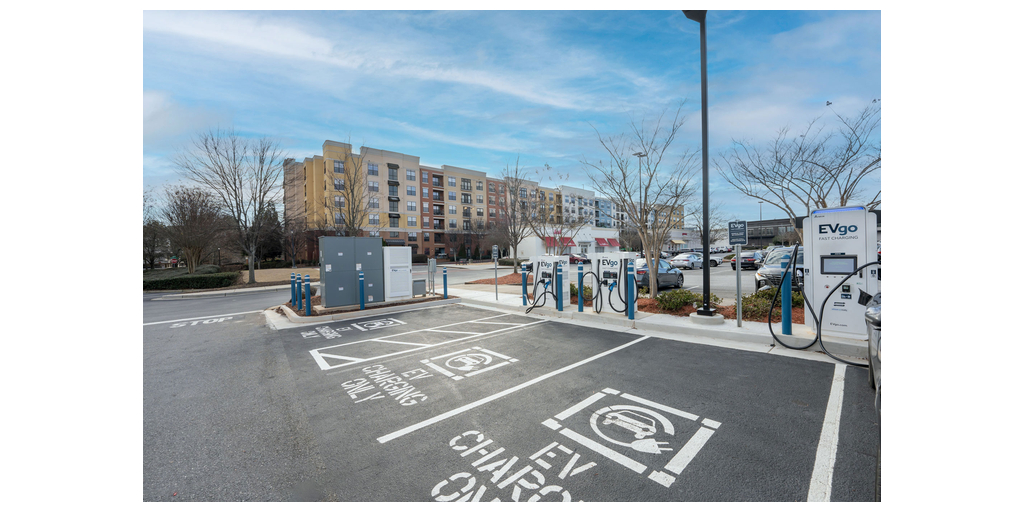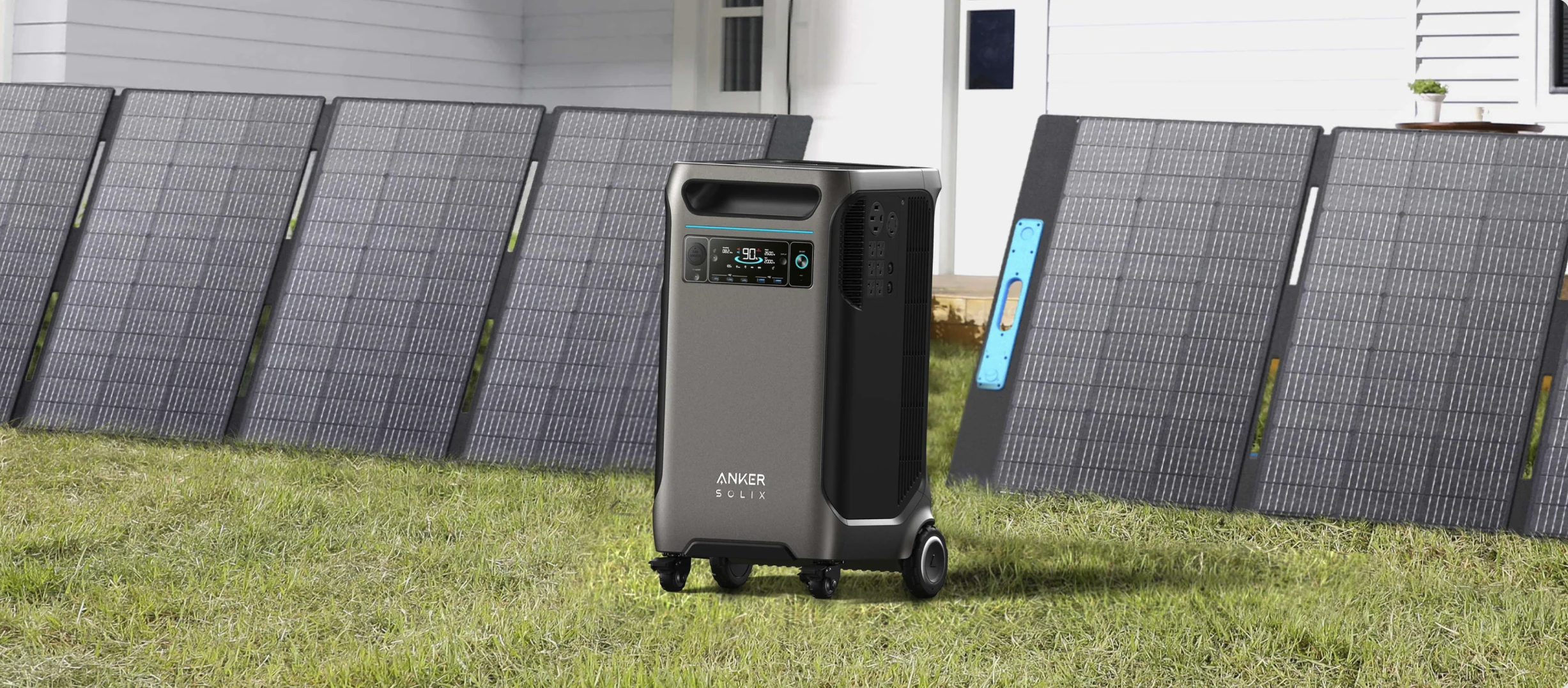BC communities and First Nations, particularly in the North, are increasingly concerned about job and revenue prospects as major projects near completion, and start reducing employment.
The pressing questions are: Will new projects emerge to compensate for this decline? Will there be new mines for the critical minerals and metals essential for electric vehicles and renewable energy projects?
Western Investor noted that since 2019, four energy mega-projects have been under construction in British Columbia: Site C dam, the Trans Mountain Expansion Project (TMEP), LNG Canada, and Coastal GasLink pipeline. These projects have significantly boosted BC’s economy, creating thousands of construction jobs and investing billions in procurement and wages. Even in 2018, the Toronto Star reported that anywhere between 15,000 and 800,000 jobs were estimated to have been created by the expansion of Trans Mountain alone.
With an estimated total capital expenditure of $100 billion, these four projects alone provided up to 20,000 construction jobs in BC in 2022. However, as they approach completion, construction is expected to wind down.
Site C
As of November 2023, BC Hydro’s Site C project employed 4,302 workers, with 24 percent from BC’s Peace River Regional District. BC Hydro anticipates a decline in employment through 2024 as the project heads towards its 2025 completion.
Significant milestones to date include the completion of the earthfill dam, Highway 29 realignment, two 500-kilovolt, 75-kilometre transmission lines, and a new substation. Reservoir filling is scheduled for 2024, with the project on track to start generating power in 2024, have all six generating units operational by 2025.
Trans Mountain
The TMEP is over 97 percent complete, with plans to commence oil transportation in March or May. However, Trans Mountain is fighting a recent regulatory decision to reject use of smaller-diameter pipe in a section in BC. The company says that could cause a two-year delay.
As of September 30, 2023, the project employed 12,232 according to the latest figures.
LNG Canada
As of last fall, the LNG plant in Kitimat BC employed over 8,000 Canadians. Now over 85 percent complete, the plant will soon begin testing and start-up processes. Full operation is expected in 2025, providing 300-450 permanent jobs.
LNG Canada is considering a Phase 2 expansion to double its output, potentially creating more jobs. However, this phase has not been decided on.
Coastal GasLink
During peak summer construction, Coastal GasLink employed over 6,000 workers. The 670-km pipeline is now fully buried and mechanically complete, and the company is demobilizing construction crews.
The plans include reclamation work in Spring 2024. Alongside LNG Canada, Coastal GasLink is exploring the addition of six compressor stations to double the pipeline’s capacity, promising jobs and opportunities for Indigenous and local communities in British Columbia.
Critical Minerals
Canada’s abundance of 31 critical minerals and metals positions it well for an economic boom, driven by global demand. Electric vehicles, for example, require significantly more copper than traditional vehicles, as well as lithium, cobalt, manganese, nickel, and graphite.
However, the closure of the Canadian-owned Cobre Panamá copper mine in Panama, following a court ruling against a 20-year concession, complicates this outlook. This mine accounted for 1 percent of the world’s copper production.
Canada ranks as the world’s 5th largest producer of graphite and nickel, 7th in cobalt, and 8th in lithium. However, it lags in manganese production and overall output of critical minerals.
Jonathan Wilkinson, the federal minister of energy and natural resources, has emphasized the need for access to these critical minerals for energy transition and climate change mitigation. He also acknowledged challenges, including the slow regulatory processes.
Wilkinson noted that the average mining project takes 12 to 15 years from application to production, and says the federal government is aiming for more like five or six years.
Under current federal and provincial processes, we’ve heard of cases where the delay is as much as 18 years.
In BC, three new gold mines are set to commence production this year: Premier, Blackwater, and Cariboo Gold, representing a $1.5-billion investment and the creation of hundreds of jobs. These mines are a boon to regions affected by sawmill and pulp plant closures.
The Mining Association of BC’s latest study looks at 14 proposed critical-minerals mines in BC, and two current mines that are eyeing expansion. The report sees total employment, during the lifetime of the 16 mines, of 2.15 million jobs.
Fiona Famulak, president of the BC Chamber of Commerce, warns that BC will “fall off an economic cliff” if the province doesn’t expedite permitting for new major mining projects. Despite this, no new mines for critical minerals have been announced, and the BC government is still developing its critical minerals strategy and a First Nations critical minerals strategy.
Both provincial and federal strategies are expected in 2024, and are urgently needed as China dominates the global supply of critical minerals.
For more information, see our earlier feature on critical minerals.
Share This:




